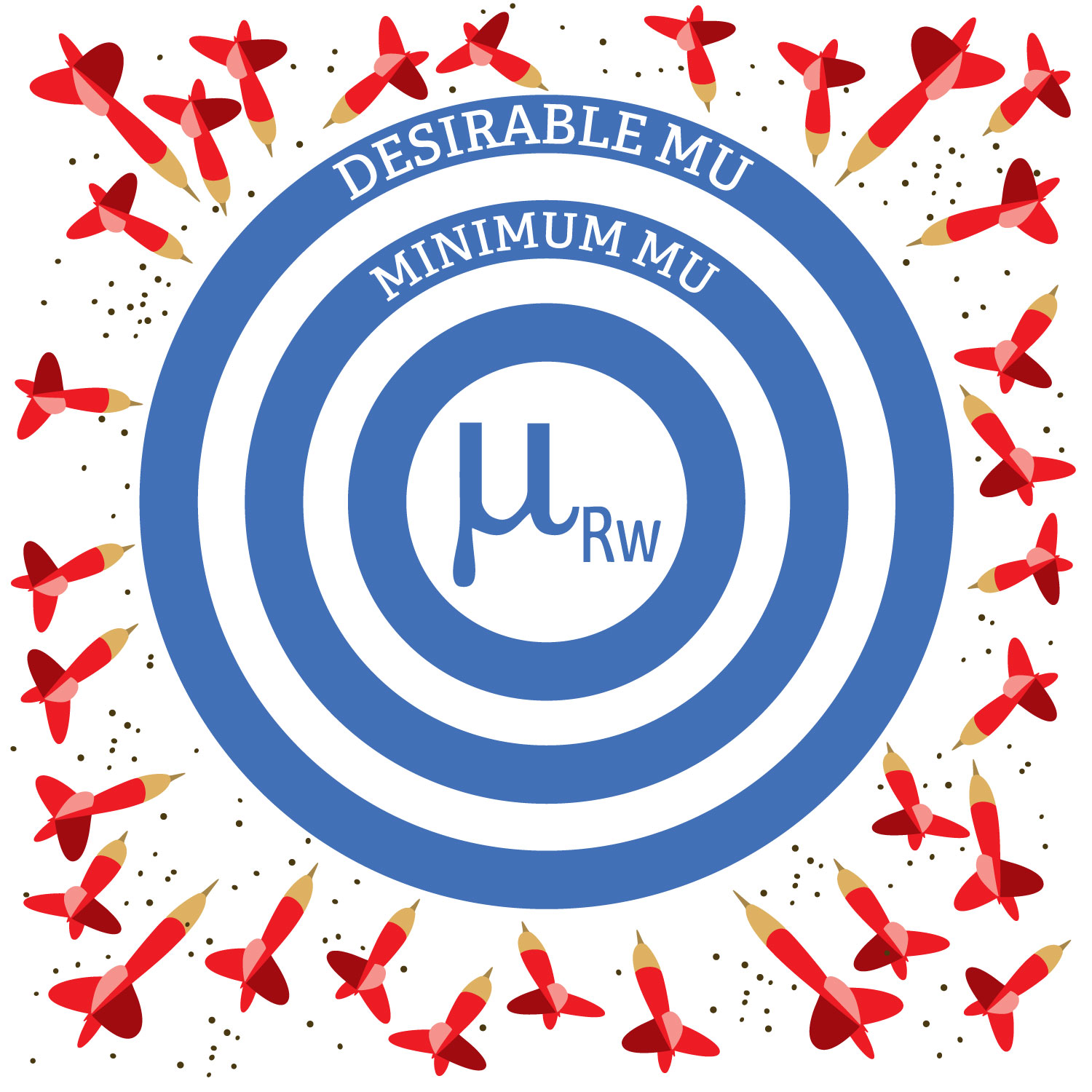Quality Standards
11 of 13 biochemistry methods on the Atellica cannot hit desirable measurement uncertainty goals
Can Atellica assays meet the new uncertainty goals? We take a look using some of Siemen's own posters and abstracts.
11 out of 13 biochemistry assays on the Atellica cannot hit desirable measurement uncertainty goals
 Sten Westgard, MS
Sten Westgard, MS
February 2025
Resurrecting data from the 2023 ADLM Atellica posters, we're applying the new measurement uncertainty goals.
| Analyte | ADLM 2023 Atellica CVs |
DESIRABLE | MINIMUM | BIO VAR EFLM | |||||
| u:result | u:rw | verdict | u:result | u:rw | verdict | min CV | verdict | ||
| Albumin | 1.9 | 1.25 | 0.625 | FAIL | 1.88 | 0.94 | FAIL | 1.9 | PASS |
| Cholesterol, HDL | 3.6 | 2.9 | 1.45 | FAIL | 5.6 | 2.8 | FAIL | 4.5 | PASS |
| Creatinine |
1.6 |
2.2 | 1.1 | FAIL FAIL |
3.3 | 1.65 | PASS FAIL |
3.3 | PASS PASS |
| GGT | 3.48 | 4.45 | 2.225 | FAIL | 6.68 | 3.34 | FAIL | 6.2 | PASS |
| Glucose | 3.0 1.0 |
2 | 1 | FAIL PASS |
3 | 1.5 | FAIL PASS |
3.4 | PASS PASS |
| LDH | 2.8 | 2.6 | 1.3 | FAIL | 3.9 | 1.95 | FAIL | 3.3 | PASS |
| Magnesium | 2.1 | 1.44 | 0.72 | FAIL | 2.16 | 1.08 | FAIL | 2.0 | FAIL |
| Phosphate, inorganic, serum | 3.62 | 3.84 | 1.92 | FAIL | 5.75 | 2.875 | FAIL | 5.8 | PASS |
| Potassium | 1.1 | 1.96 | 0.98 | FAIL | 2.94 | 1.47 | PASS | 2.9 | PASS |
| Proteins, total | 2.0 | 1.3 | 0.65 | FAIL | 1.95 | 0.975 | FAIL | 2.0 | PASS |
| Triglycerides | 3.5 | 6.1 | 3.05 | FAIL | 12.4 | 6.2 | PASS | 14.8 | PASS |
| Urate | 2.0 | 4.16 | 2.08 | PASS | 6.24 | 3.12 | PASS | 6.1 | PASS |
| Urea | 3.0 3.8 |
7.05 | 3.525 | PASS FAIL |
10.6 | 5.3 | PASS PASS |
10.0 | PASS PASS |
The final results: 11 of 13 Atellica biochemistry assays cannot hit the desirable measurement uncertainty goals. 7 out of 13 cannot hit the minimum measurement uncertainty goals. 12 out of 13 assays can hit the EFLM biological variation database minimum CV goals, however.
Remember this the manufacturer-supplied data on performance. This is the best foot forward that Siemens can provide. And still, nearly everything fails to meet the uncertainty goals.
Of course, this is not taking into account any of the bias that was observed - and there was non-zero, often significant, bias for every analyte that was studies. If those biases were to be included in the measurement uncertainty, even if we pretend the bias is merely an additional variance, than even fewer analytes would pass.
There is a small chance that if the uncertainty of calibration and reference were smaller than the 50% of the u:result budget traditionally allocated to them, more variance can be tolerated at the u:rw level. The posters didn't include those numbers, and it's rare to see any study take those into account or report them.
As other examples have already shown, what's far more likely is that the new mu goals are too demanding, unrealistically so, and their widespread application will result in unproductive stress and strife in laboratories around the world. The most probable outcome is that these new mu goals will simply be ignored by most laboratories, much as most labs already ignore the bulk of the measurement uncertainty approach.
